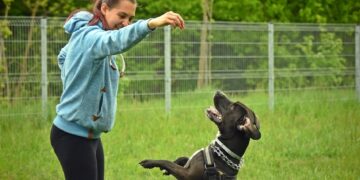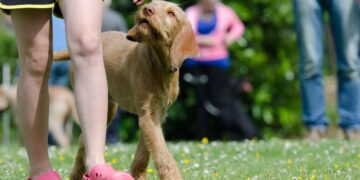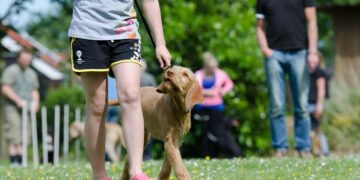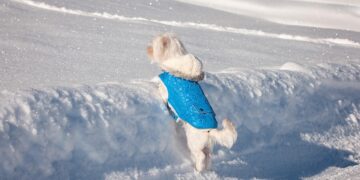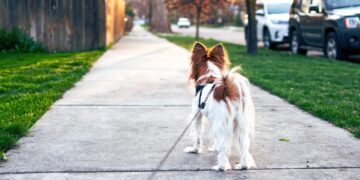How to Address Aggressive Dogs Through Effective Behavior Training
Dealing with an aggressive dog can be a daunting challenge for any pet owner. Aggression in dogs can manifest in various forms, including growling, barking, snarling, and even biting. This behavior can result from fear, territoriality, possession, or past trauma, and understanding these triggers is the first step in effective behavior training. In this article, we will explore proven methods to help manage and modify aggressive behaviors in dogs, ensuring safety and harmony at home and in public spaces.
Understanding Dog Aggression
Dog aggression does not materialize out of nowhere. It is typically a response to a particular situation, environment, or interaction that makes the dog feel threatened or anxious. To effectively address aggressive behavior, it’s crucial to identify the root cause.
Common Causes of Aggression
- Fear: Most aggression is fear-based. Dogs often exhibit aggressive behavior when they are scared and feel like they have no escape.
- Protective Instincts: Dogs naturally protect their territory, their food, and their family. Aggression can occur if a dog perceives a threat to these.
- Past Trauma: Rescued dogs or those with traumatic pasts can have unpredictable episodes of aggression due to unresolved anxiety and fear.
- Pain or Illness: Sometimes, aggression is a sign of a health problem. Pain and discomfort can lead dogs to act out.
Once the underlying causes are understood, owners can begin to apply specific training strategies to reduce and eliminate this challenging behavior.
Strategies for Behavior Modification
Modifying aggressive dog behavior requires patience, consistency, and the right training techniques. Here are some actionable strategies to assist in transforming your dog’s aggressive tendencies into more sociable behaviors.
Positive Reinforcement Training
One of the most effective methods in dog training is positive reinforcement. This technique involves rewarding your dog for good behavior, which encourages that behavior to be repeated. When dealing with aggression, it’s crucial to reward your dog when they remain calm in a situation that would typically trigger their aggression.
Example: If your dog usually growls at strangers, reward them with treats and affection when they remain calm as someone approaches. This positive outcome will help them associate approaching strangers with good things, reducing their aggression over time.
Desensitization and Counterconditioning
Desensitization involves gradually exposing your dog to their triggers in a controlled way, starting from a low intensity that does not provoke them and slowly building up to more substantial exposures. Counterconditioning, on the other hand, aims to change your dog’s emotional response towards the trigger.
Practical Tip: If your dog is aggressive towards other dogs, start by watching dogs from a distance where your dog is aware but not reacting. Gradually decrease this distance over several weeks or months, while consistently rewarding calm behavior.
Professional Training Sessions
In cases of severe aggression, consulting a professional dog trainer can be highly beneficial. Trainers can provide personalized training and insights that are not easily replicated at home. They can also help socialize your dog in a safe, controlled environment.
It’s essential to choose a trainer who uses humane, science-based training methods. Avoid trainers who recommend punishment as this can exacerbate aggressive behaviors.
Setting Up for Success
While applying the above strategies, remember the importance of setting your dog up for success:
- Consistency is Key: Apply training methods consistently. Mixed messages can confuse your dog and delay progress.
- Safety First: During training, ensure that all interactions are safe. Use leashes, muzzles, or fences as necessary to protect yourself and others.
- Patience Pays: Behavior modification does not happen overnight. Be prepared for this to be a gradual process requiring patience and persistence.
Conclusion
Addressing aggressive behavior in dogs is a significant commitment but a vital one for the wellbeing of your pet and the safety of others. By understanding the causes of aggression and applying appropriate training techniques such as positive reinforcement, desensitization, and professional guidance, you can make a substantial change in your dog’s behavior. Remember, the goal is not only to manage aggression but to create a happier, more relaxed dog and a more harmonious home environment.
With time, dedication, and the right strategies, you can successfully transform your dog’s behavior and enhance your bond with them. Start today, and see the difference in your dog’s demeanor and your relationship with them grow stronger every day.










